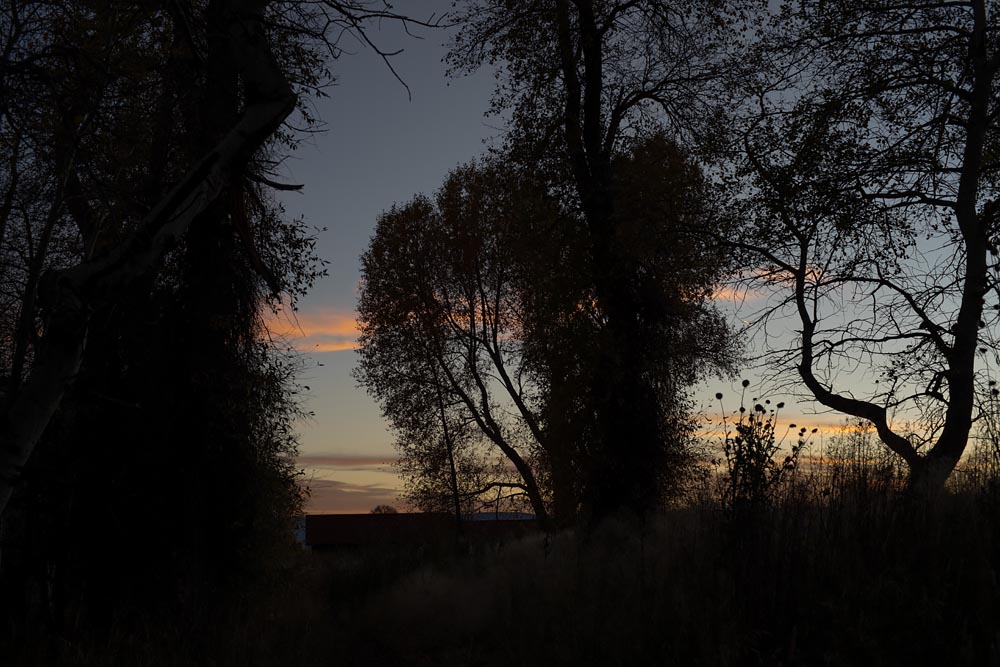
See related articles:
The Shining Unicorn: How to Get an Art Gallery
Follow These 8 Tips When Appling For NYFA Grants for Photographers and Visual Artists
The Complete List of Emergency Funds/Grant for Visual Artists
20 Effective Grant Writing Tips For Artists/Fine Art Photographers
Fine Art Photography Teaching Tutorial: The “Crit”
A Guide For Artists and Photographers Feeling Stuck Creativity: Leave behind preconceived expectations and start with,”I don’t know.”
I recently attended a residency in Ucross, Wyoming, so when I returned to another fellowship half a year later, also in Wyoming (this time at the Brush Creek Ranch Foundation for the Arts), I thought: I have this down, I know exactly what I need to do (and everything will be fine).
Wrong.
Not that that everything wasn’t fine–it was, in fact it one of the best creative experiences I had, ever. But I think what made it the best was letting go of all preconceived intentions of what I should be doing and let the work be the guide.
This can be really important anytime but especially when when feeling lost, struggling to find your way, or even when everything seems to be “clicking.” Just follow the work, it will guide you through.
Make no mistake: I’m not saying just relax and leave behind all creative aspirations. Quite the opposite. Work extremely hard, ten, 12, 14 hours a day, if necessary, AND while doing so, follow the path your art is telling you to go–not your preconceived voice.
For example, I saw an artist struggle with their work. They created written drafts of what their art was about, it’s direction, and what would be accomplished. The only problem was that they were not doing the work, they were just THINKING about doing it (of course, this is part of the planning process, but contemplation takes us only so far). As a result, they seemed a bit lost–I’ve been there. It seems in my experience that the only way out of a creative morass is going through it, not pausing to thinking about it (reminding me of a phrase I heard, “If you are in hell, keep going”).
In my case, I began the second residency where I left off, or so I thought. Months before, I was photographing large open vistas with hints of human intervention in the form of artification light, for example, so I thought I should just continue. However, there was very little of that at the new residency. Even though it was Wyoming, many if not most things about the landscape were quite different. I tried forcing a solution but it just wouldn’t work. I then thought I could follow up on a related photo project which I started months earlier, self portraits in morning light, except the light never really came into my studio until the afternoon. As a result, the work just was, well, bad.
At this point, everything seemed wrong. But it all seemed so clear! What to do? Let go of previous expectations and see what is really surrounding me. That took a few weeks to seep in. But when it did, I was able to really expand. I started the day with the notion, “I don’t know,” and everything became much clearer. I also began working really hard to get over this creative hump. Once I did, I began seeing slivers of hope to go towards.
While walking through the trees in afternoon light, I saw a particular time when the light was magical, and appeared to be an x-ray through the leaves. This became fascinating for me and I would go back again and again to try to capture this. In fact, this new approach became a major focus of my work, and I would never have found it if I didn’t let go of my initial notion of what the work would be about.
So the more I can let go of what I think I should be doing, the better for my creative process. When in doubt, follow the work.
See also, “Fine Art Photography Teaching Tutorial: The “Crit.”
Comments are closed.